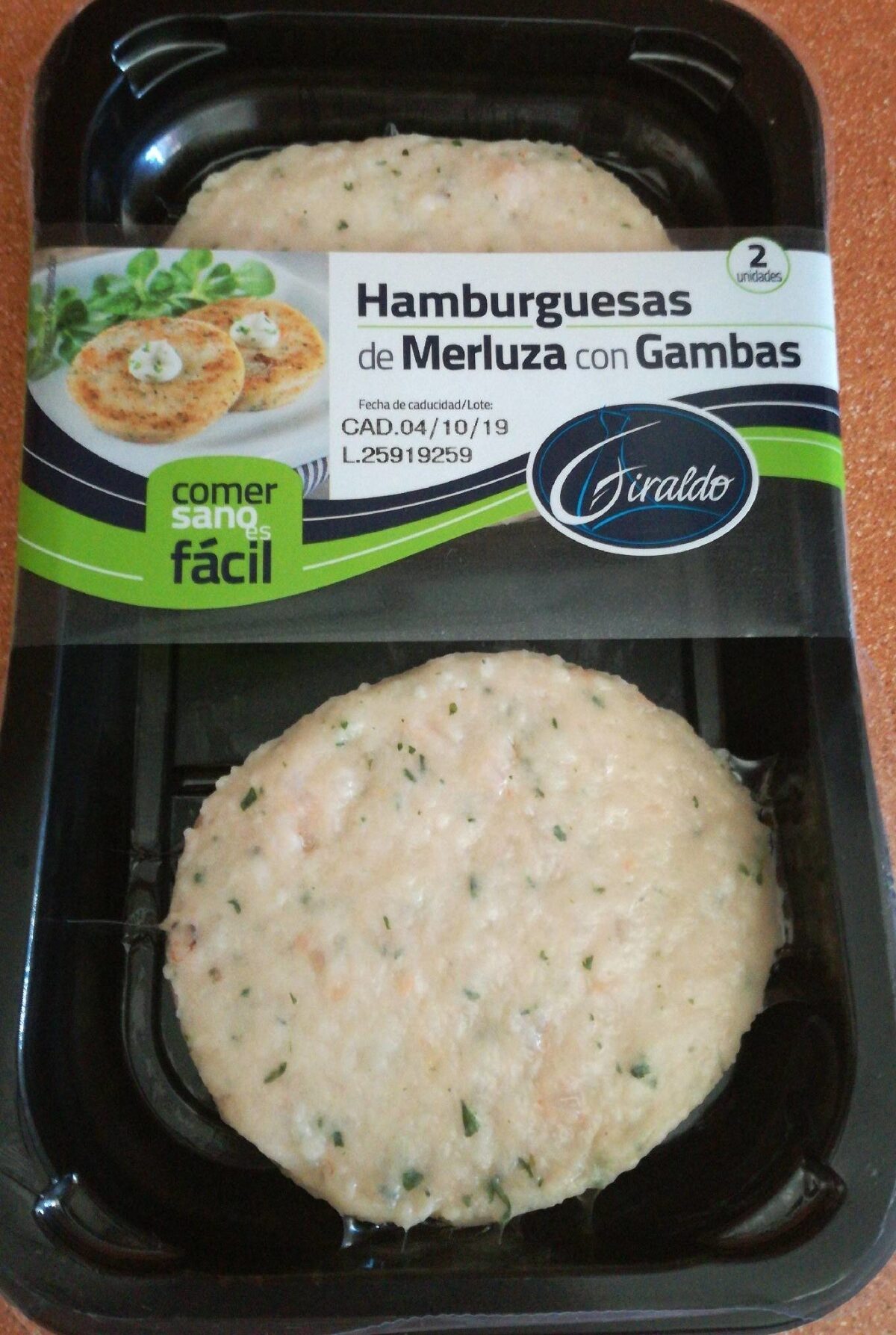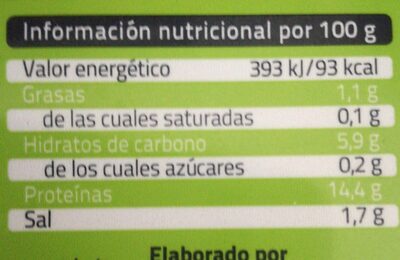Hamburguesas de Merluza con Gambas - giraldo
Aquesta pàgina del producte no està completa. Podeu ajudar a completar-la editant-la i afegint-hi més dades a partir de les fotos ja disponibles, o fent-ne més amb l'aplicació de androide o iPhone / iPad. Gràcies!
×
Codi de barres: 8436038377821 (EAN / EAN-13)
Marques: Giraldo
Països on es va vendre: Espanya
Matching with your preferences
Entorn
Empaquetament
Transport
Report a problem
Fonts de dades
Producte afegit per kiliweb
Última modificació de la pàgina del producte per trevinho22.
La pàgina del producte, també editada per roboto-app, thaialagata, yuka.WWJJNFM2VWRtS0lKZ01aai9RNlB3LzlhK3J5NVFEeXNOKzRJSVE9PQ.
Si les dades són incorrectes o incompletes, pot completar o corregir editant aquesta pàgina.






